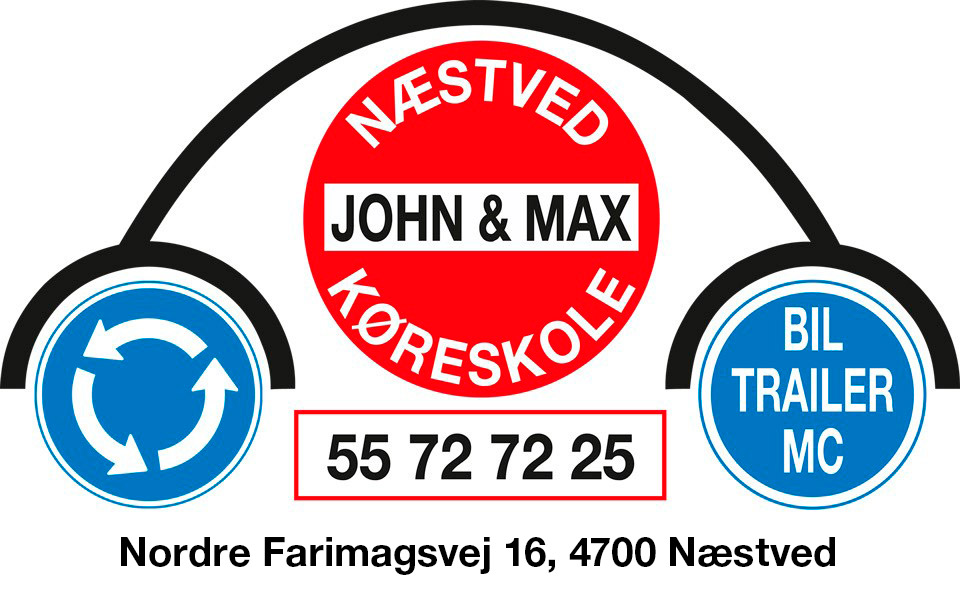Unveiling the Mysteries of OSHA Lifting Requirements
| Question | Answer |
|---|---|
| 1. What are OSHA lifting requirements? | OSHA lifting regulations set Occupational Safety Health Administration ensure employees subjected risk injuries due lifting. These requirements include guidelines for maximum weight limits, proper lifting techniques, and the provision of mechanical lifting aids when necessary. |
| 2. Are legally to OSHA lifting requirements? | Absolutely! Employers are legally required to adhere to OSHA lifting requirements to provide a safe working environment for their employees. Failure to comply can result in severe penalties and fines. |
| 3. How often should employers train their employees on OSHA lifting requirements? | Employers provide training lifting requirements regular refresher ensure employees using lifting techniques aware updates regulations. |
| 4. Can employees refuse to lift heavy objects that exceed OSHA lifting requirements? | Yes, employees have the right to refuse to lift objects that exceed OSHA lifting requirements if they believe it puts them at risk of injury. However, report supervisor HR department address issue. |
| 5. What employees if their employer not OSHA lifting requirements? | If employees suspect that their employer is not following OSHA lifting requirements, they should document the instances of non-compliance and report it to OSHA for investigation. Whistleblower protections may apply in such cases. |
| 6. Can OSHA lifting requirements vary by industry? | Yes, OSHA lifting requirements can vary by industry based on the nature of the work and the potential risks involved. Important employers aware comply specific lifting requirements relevant industry. |
| 7. Is a weight limit in OSHA lifting requirements? | While OSHA does not specify a specific weight limit for lifting, it emphasizes the importance of assessing individual lifting tasks and ensuring that employees are not exposed to lifting hazards that could lead to musculoskeletal injuries. |
| 8. Are there exemptions to OSHA lifting requirements for small businesses? | No, OSHA lifting requirements apply to all businesses regardless of their size. Employers, including small businesses, are responsible for providing a safe workplace and complying with OSHA regulations. |
| 9. Can employees request ergonomic assessments to address lifting requirements? | Absolutely! Employees can request ergonomic assessments to identify potential hazards related to lifting tasks and to implement appropriate measures to improve safety and reduce the risk of injuries. |
| 10. What are the consequences of non-compliance with OSHA lifting requirements? | Non-compliance with OSHA lifting requirements can result in citations, penalties, and legal action by OSHA. Moreover, it can lead to an increase in workplace injuries, workers` compensation claims, and decreased productivity. |
The Essential to Lifting OSHA
When comes workplace lifting heavy is cause injuries. The Occupational Safety and Health Administration (OSHA) has established specific lifting requirements to ensure the safety and well-being of workers.
Understanding OSHA Lifting Requirements
According OSHA, responsible providing work for employees, includes training guidelines lifting heavy OSHA has specific lifting ensure safety practices.
| Requirement | Guidelines |
|---|---|
| Weight Limit | Employees should not be required to lift, push, or pull objects weighing more than 50 pounds without proper lifting equipment or assistance. |
| Proper Technique | Employees should be trained in proper lifting techniques, such as bending at the knees, keeping the back straight, and using the legs to lift. |
| Ergonomics | Employers should provide ergonomic equipment, such as lifting belts and assistive devices, to reduce the risk of injury during lifting tasks. |
| Training | All employees should receive training on proper lifting techniques and safe handling practices to prevent injuries. |
Case Studies and Statistics
It`s important understand impact lifting on safety. According to OSHA, overexertion and lifting injuries are among the most common types of workplace injuries, resulting in significant medical costs and lost productivity.
For example, a study by the National Institute for Occupational Safety and Health (NIOSH) found that lifting heavy objects contributes to 36% of all occupational injuries involving missed workdays. This highlights the importance of following OSHA lifting requirements to prevent these types of injuries.
Compliance and Enforcement
OSHA conducts inspections ensure employers complying lifting other regulations. Failure to meet OSHA standards can result in fines and penalties for employers, as well as increased risk of injuries for employees.
It`s for employers prioritize safety adhere OSHA to protect health well-being workers. By following lifting employers reduce risk injuries create safer environment everyone.
Contract Lifting OSHA
This contract is entered into on this [date] by and between [Company Name], hereinafter referred to as “Employer,” and [Employee Name], hereinafter referred to as “Employee.”
| Clause | Details |
|---|---|
| 1. Purpose | This contract is to outline the lifting requirements as mandated by the Occupational Safety and Health Administration (OSHA) |
| 2. Obligations of the Employer | The Employer ensure lifting set OSHA communicated Employee. The Employer shall provide necessary training, equipment, and supervision to ensure compliance with OSHA lifting requirements. |
| 3. Obligations of the Employee | The Employee adhere lifting outlined OSHA. The Employee shall report any unsafe lifting conditions or practices to the Employer immediately. |
| 4. Compliance with OSHA Standards | Both parties shall ensure full compliance with all OSHA standards related to lifting requirements, including but not limited to weight limits, proper lifting techniques, and use of lifting equipment. |
| 5. Termination | This contract shall remain in effect until terminated by either party in accordance with applicable laws and regulations. |
IN WITNESS WHEREOF, the parties hereto have executed this contract as of the date first above written.
[Employer Name]
_________________________
Date: _______________
[Employee Name]
_________________________
Date: _______________
